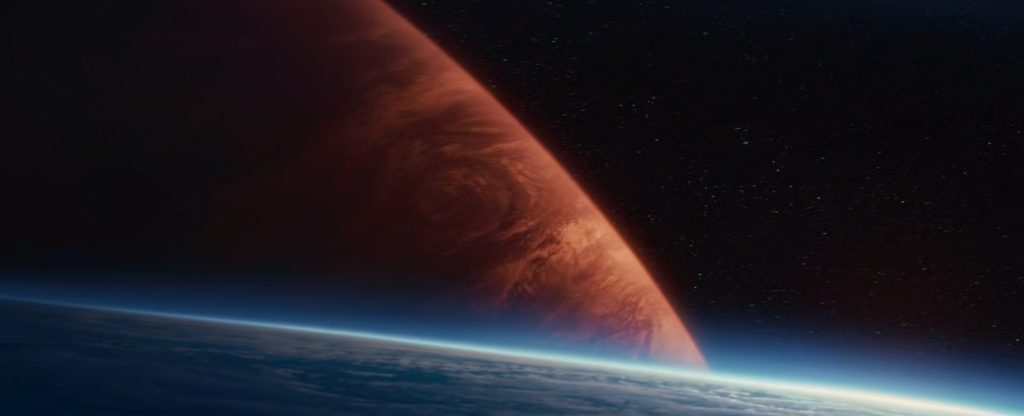|
Getting your Trinity Audio player ready… |
Some thoughts…
Imagine life not just as biological cells, but as information. Complex, self-replicating information encoded in DNA. Now, imagine this information travelling across the vastness of space, seeding new worlds. This is the core idea behind panspermia. But what if the “seed” isn’t a hardy microbe, but the very blueprint for life, measured by its inherent complexity? This is where the concept of Kolmogorov complexity meets the cosmic hypothesis of information panspermia.
What is Kolmogorov Complexity?
At its heart, Kolmogorov complexity is a measure of the computational resources needed to describe an object. More formally, it’s the length of the shortest possible computer program that can generate that object.
Think of it like this:
- The sequence “0101010101010101” is simple. A short program could generate it: “print ’01’ eight times”. Its Kolmogorov complexity is low.
- A truly random sequence like “3.1415926535…” (the digits of Pi) or a complex image would require a much longer program to generate precisely. You’d essentially need to store the sequence itself or a very detailed algorithm. Their Kolmogorov complexity is high.
In essence, Kolmogorov complexity quantifies the irreducible information content of something. It’s not about how complicated something looks, but how complicated it is to describe or generate from scratch.
Information Panspermia: Life as a Cosmic Data Packet
Panspermia is the hypothesis that life exists throughout the universe and is distributed by space dust, meteoroids, asteroids, comets, and planetoids. Information panspermia takes this a step further. It suggests that what travels across space isn’t necessarily a living organism itself, but the information required to create life. This information could be encoded in various ways – perhaps in the molecular structure of complex organic molecules, or even in hypothetical non-biological forms.
The idea is that if the necessary information arrives on a suitable planet, it could kickstart the process of abiogenesis (the origin of life from non-living matter) or guide the evolution of simpler life forms towards greater complexity.
The Connection: Measuring the Seed’s Potential
How do Kolmogorov complexity and information panspermia relate?
- Complexity of the Seed: If life is fundamentally information, then the “seed” of information panspermia must possess a certain level of complexity to encode the necessary instructions for life. Kolmogorov complexity provides a theoretical way to measure this intrinsic complexity. A simple, low-complexity information packet wouldn’t be sufficient to encode the intricate machinery of even the simplest cell.
- Survivability and Propagation: Highly complex information is often more fragile. A simple sequence is easy to transmit and replicate accurately. A highly complex sequence is more susceptible to errors during transmission or replication. This raises questions: How could complex biological information survive the harsh conditions of space and accurately replicate upon arrival? Perhaps the “seed” is not the full blueprint, but a highly compressed, information-rich starting point – something with high Kolmogorov complexity relative to its physical size.
- Detecting Cosmic Information: If information panspermia is a real phenomenon, could we detect these cosmic information packets? Would they have unique characteristics related to their Kolmogorov complexity that distinguish them from random noise or simpler natural processes? This is highly speculative, but it’s a fascinating thought experiment.

Beyond Biology: The Information Universe?
Considering life through the lens of information and complexity opens up intriguing possibilities. Could the universe itself be fundamentally computational? Could information be a more fundamental building block than matter or energy? While these are deep philosophical questions, the concepts of Kolmogorov complexity and information panspermia provide a framework for thinking about the origins and spread of life in a universe governed by the laws of physics and information theory.
Whether or not information panspermia is happening, exploring these ideas helps us appreciate the incredible complexity encoded within life and the profound mysteries of our cosmic origins. It encourages us to look beyond the familiar biological forms and consider the possibility that the universe might be teeming with information, waiting for the right conditions to blossom into complexity.
What are your thoughts on this fascinating intersection of information theory and astrobiology? Let me know in the comments below!



Leave a Reply